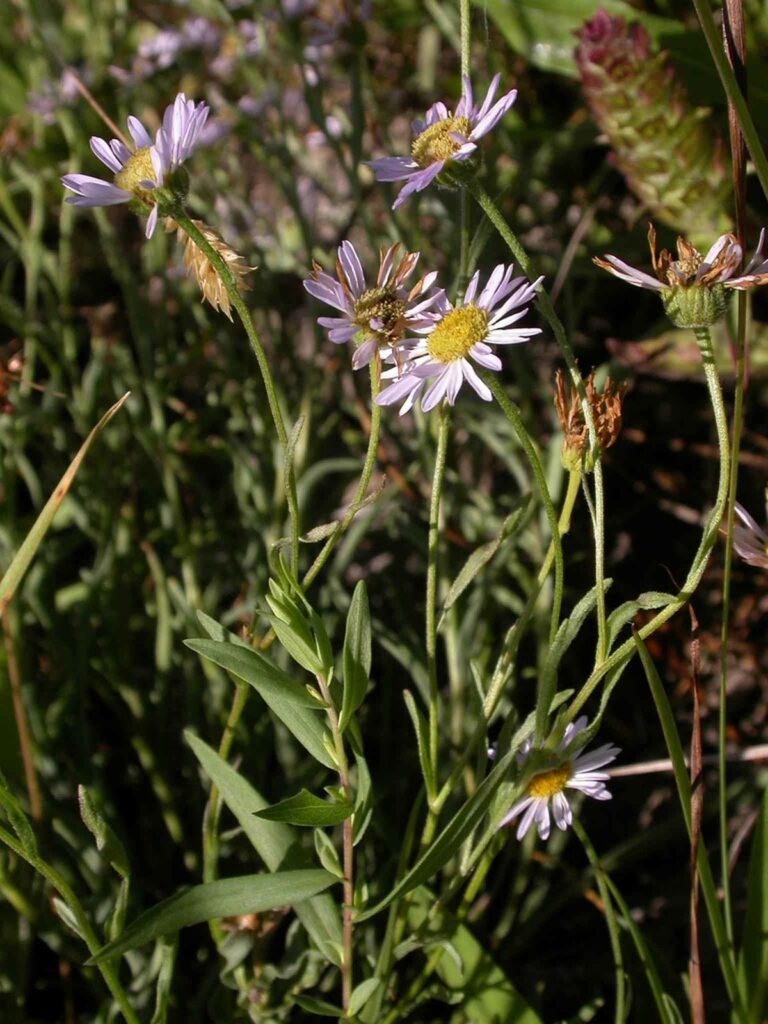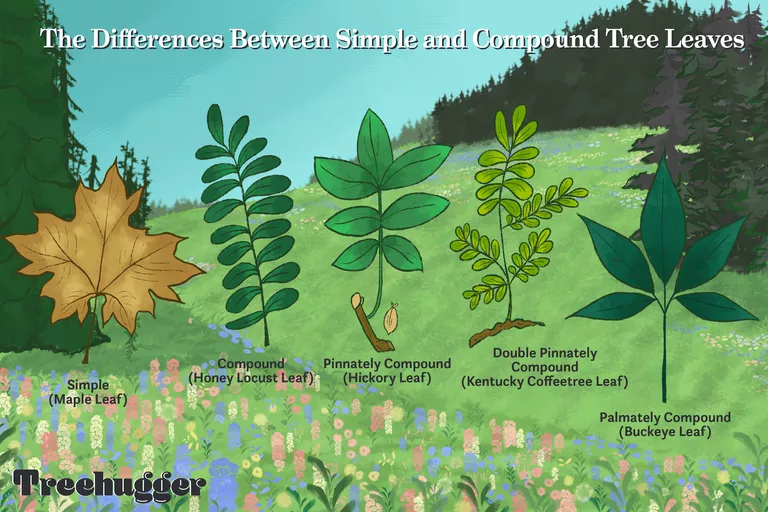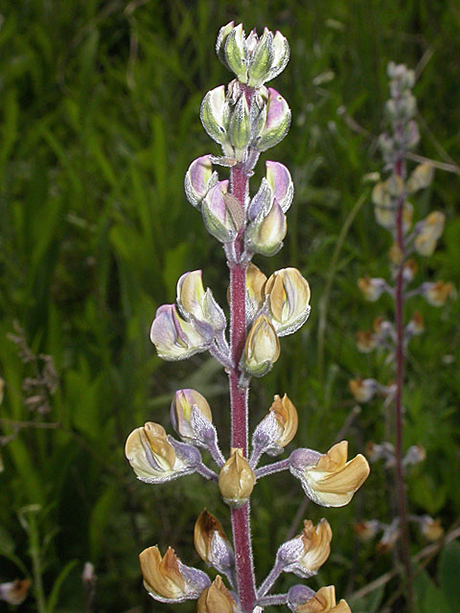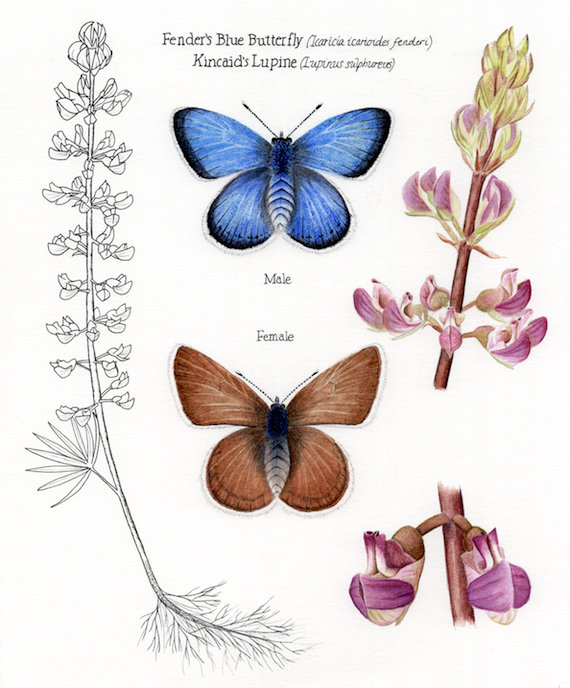By: Kailey Kreienbrink
July 1, 2022
Hi, my name is Kailey Kreienbrink and I am an AmeriCorp intern working with WREN this summer! I moved to Oregon as a student 3 years ago, from Hopkins, Minnesota. When I came to Oregon I had never heard of a Nutria or a Rhododendron but they are both now common in my everyday vocabulary. I thought I had become an Oregonian expert, so I was very surprised when I started my internship in the West Eugene Wetlands and was asked if I had ever heard of three natives to the Willamette Valley (The Kincaid’s Lupine, The Fender’s Blue Butterfly, and The Willamette Daisy) and my answer was no. I quickly realized why this might be, they are all endangered and not as common as they once were in this region.
It might be hard to imagine but Eugene used to be filled with prairies and wetlands that were managed by the Kalapuya people before it was an Urban area with a vibrant college campus and downtown area. The Kincaid’s Lupine, Fender’s Blue Butterfly, and Willamette Daisy all thrived in these prairie lands. Kincaid’s Lupine and the Willamette Daisy both are now threatened due to urbanization of these prairie lands, and the introduction of invasive plants to their native habitats. As these flowers disappeared so did the Fender’s Blue Butterfly. Fender’s Blue Butterflies rely on Kincaid’s Lupine for all parts of their year long life cycle. They lay their eggs on the plant, eat the plant as larvae, spend both fall and winter at the base of the plant where they wait for the following spring to transform to their final adult form. But without these plants, the butterflies don’t reproduce.
I did a little research on how to identify each of them, so that when I go for walks around the wetlands I can recognize them if I am lucky enough to see them! You too can use these identifiers around the wetlands. First there is the Willamette Daisy. The Willamette Daisy can be found flowering in June and July, it has petals that are a pink, lavender color and appear on top of green clusters of leaves that look like grass.

The next plant is Kincaid’s Lupine. I still have yet to see this one, but now that I know how to ID it I am sure my chances of finding it are much higher. It’s hard to find something when you don’t know what you are looking for. This plant has whitish-purplish to tan flowers, and palmately compound leaves clustered at the bottom of a single unbranched stem. Now if you are anything like me, you probably don’t know what a palmately compound leaf is so I am including both a picture of the Kincaid Lupine and the different types of leaves.


And lastly we have the Fender’s Blue Butterfly! This is a small butterfly, with a wingspan of about one inch. The males are an iridescent sky blue color on the upper side of their wings as the females have rusty brown wings. They both have borders on top that are outlined with both black and white, white being the outermost border, and an underside that is pearly gray with black and brown spots outlined in white.

Hopefully these ID clues will help you to be able to recognize these species if you are lucky enough to come across them on your next venture into the West Eugene Wetlands! If you do happen to come across these species you should first make sure to not disturb it, but then you should take a picture if you can and send it to info@wewetlands.org with the location of where you saw it!
